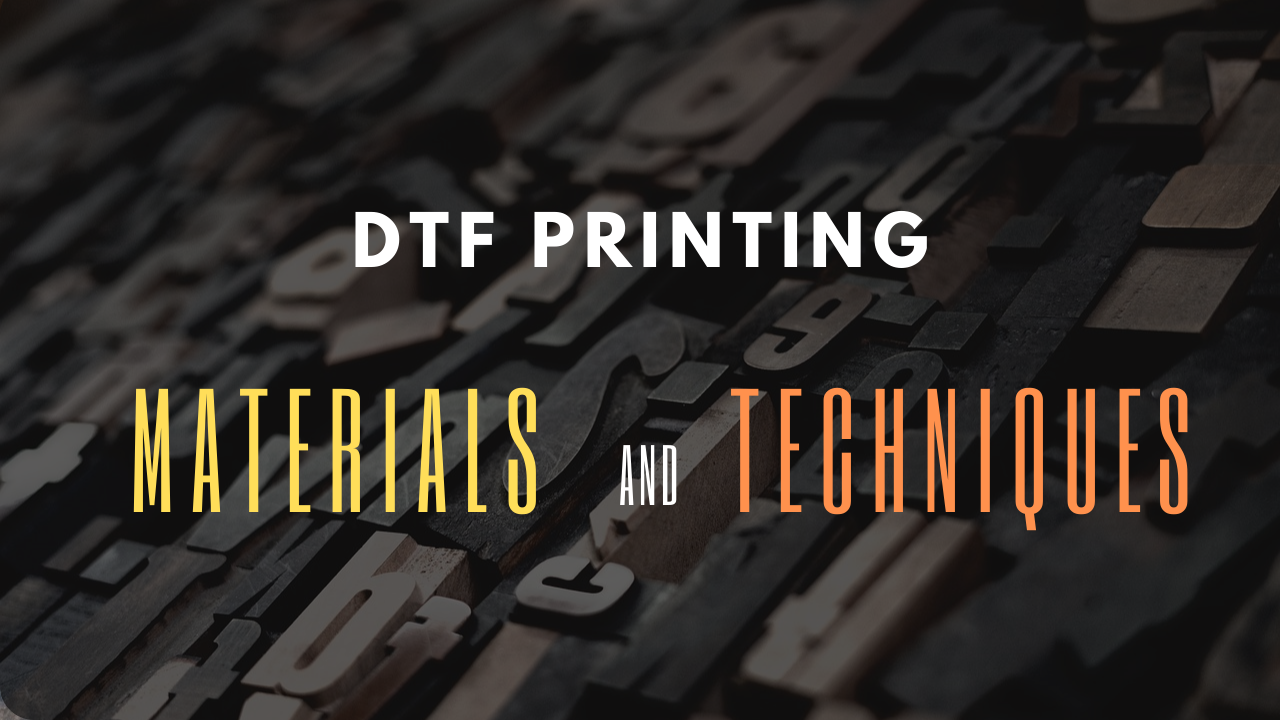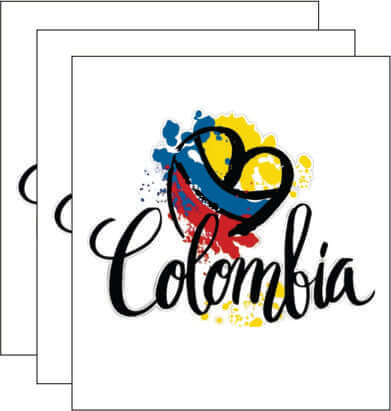Introduction
The excitement around DTF (Direct to Film) printing is growing fast. But what exactly is DTF printing? Essentially, DTF printing is a process that allows professionals to print designs directly onto a film, which can then be transferred to various surfaces, such as fabric. DTF printing is gaining popularity because it enables you to print on any type of fabric or surface. Unlike the traditional DTG (Direct to Garment) method that only works on cotton, DTF printing works on nylon, leather, silk, denim, polyester, cotton, and more. This versatility makes DTF a preferred choice for many professionals.
Choosing Fabrics for DTF Printing
One of the key advantages of DTF printing is its compatibility with a wide range of fabrics. Here's a list of materials suitable for DTF printing:
- Denim
- Polyester
- Blends
- Nylon
- Cotton
- Leather
- Silk
- And more
DTF Printing Materials
To develop a professional perspective on DTF printing techniques, it's essential to understand the materials involved. Let's explore the primary components of DTF printing.
1. DTF Film
DTF film is specially designed to carry the required ink during the printing process. Made from transparent polyester, the film's main function is to transfer the printed design onto a surface.
2. Ink
DTF printing uses pigment-based inks that need to be heat-resistant to ensure quality during the transfer process. The quality of the print largely depends on the inks used.
3. Heat Press
A heat press is crucial for DTF printing. It transfers the design from the film to the material, making the print permanent. Without a heat press, achieving high-quality and durable prints would be impossible.
Benefits of DTF Printing
When choosing a printing method, it's important to consider the benefits. Here are some key advantages of DTF printing:
Versatility
DTF printing allows you to use any type of fabric or material, giving you the freedom to bring your creative ideas to life on various surfaces.
High Quality and Durability
DTF printing produces high-quality, permanent designs. This ensures that your prints will remain vibrant and intact over time.
Ease of Use
Despite its innovative nature, DTF printing is straightforward to use. Professionals can easily transform their ideas into reality without a steep learning curve.
Choosing a Printing Service
If you're not a professional, you might need to seek help from a printing service. Here are some tips to help you choose the best service provider.
Understand Your Requirements
Before searching for a printing service, determine your specific printing needs. This will help you find a service that can cater to your requirements.
Compare Services
With many service providers available, it's essential to compare their offerings. Create a list of potential providers and compare their services to make an informed decision.
Customized Solutions
Ensure the printing service can offer customized solutions to meet your unique needs.
Affordability
While it's important to choose an affordable service, don't compromise on quality. Balance cost and quality to get the best value.
Conclusion
DTF printing is revolutionizing the fashion and advertising industries by enabling professionals to create high-quality, durable prints on a variety of materials. Whether you're a designer, advertiser, or artist, DTF printing can help you bring your creative visions to life.
FAQs
Q1: What materials are essential for DTF printing?
- PET film, pigment inks, and a heat press.
Q2: Can DTF printing be used on materials other than fabric?
- Yes, it can be used on various materials including non-fabric items like bags and accessories.
Q3: How durable are DTF prints?
- DTF prints are highly durable, resistant to wear and tear, and maintain their vibrancy even after multiple washes.
Q4: Is DTF printing suitable for large orders?
- Yes, DTF printing is efficient for both small and large orders, offering quick turnaround times.
Q5: How can I ensure the best quality in my DTF prints?
- Use high-quality materials, maintain proper heat press settings, and follow best practices for the printing process.
Navigation
Previous Article:
Comprehensive DTF Printing Guide: Benefits and Advancements
Next Article:
Maximizing the Lifespan of DTF Transfers






















